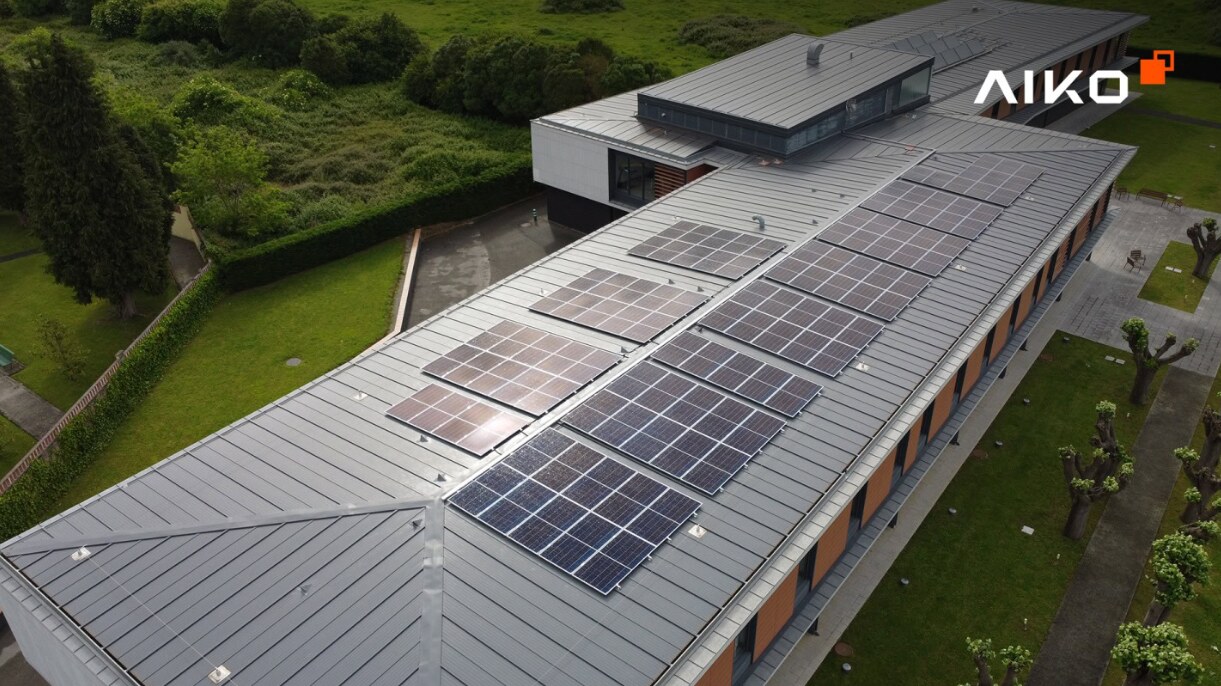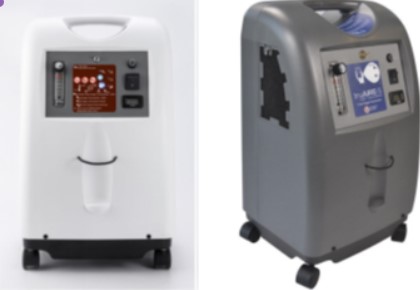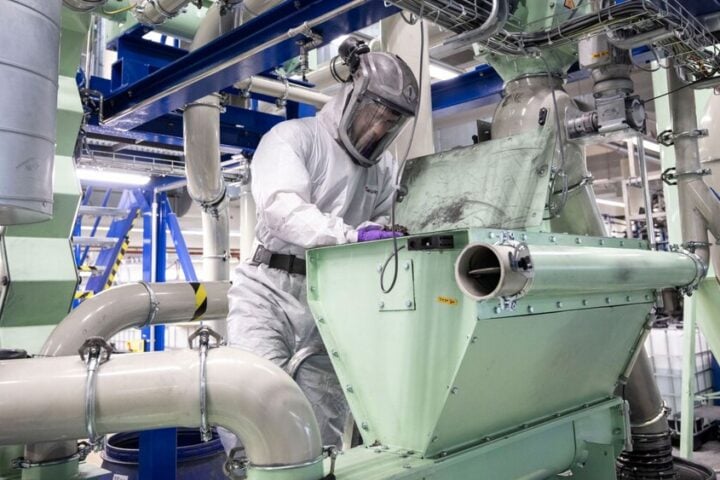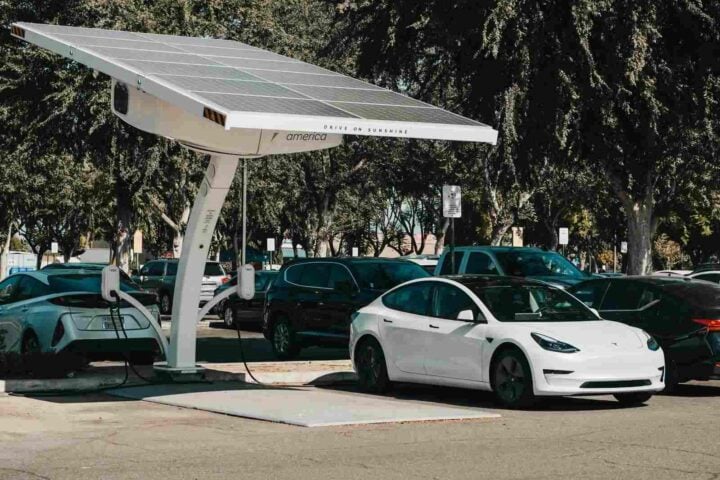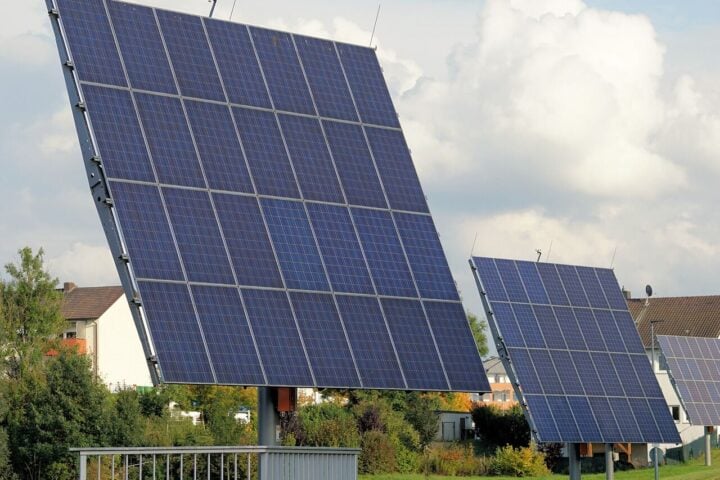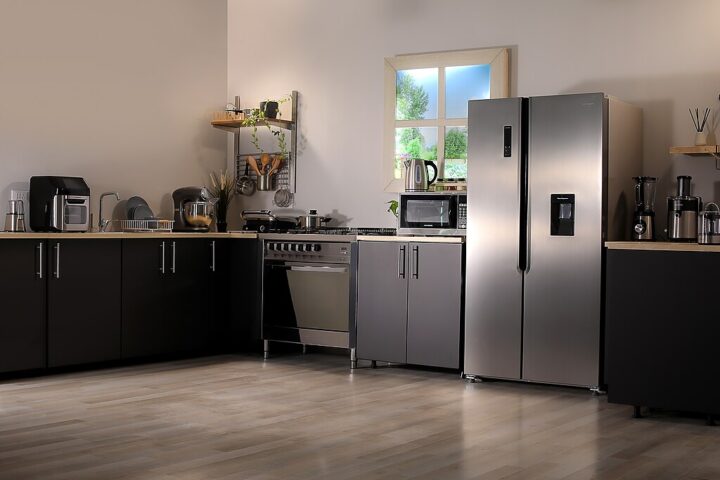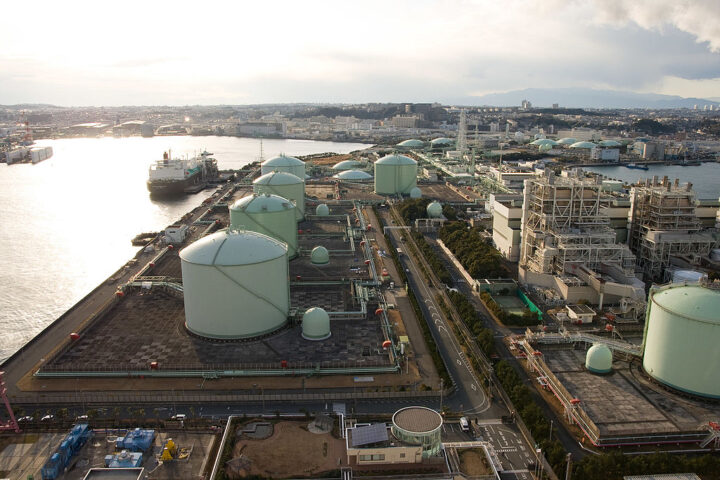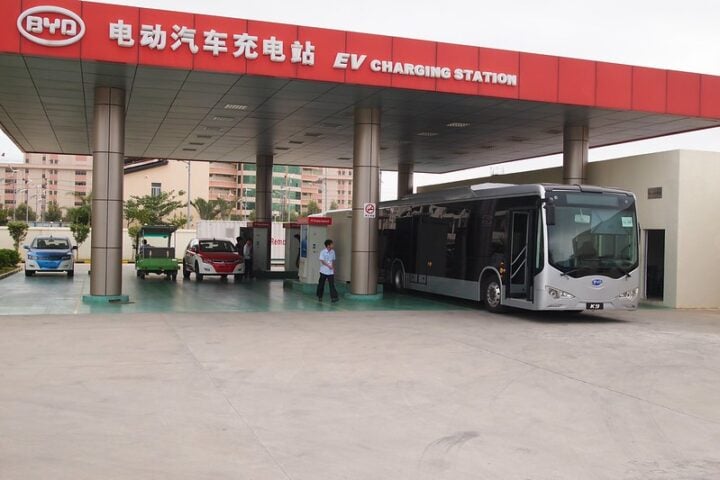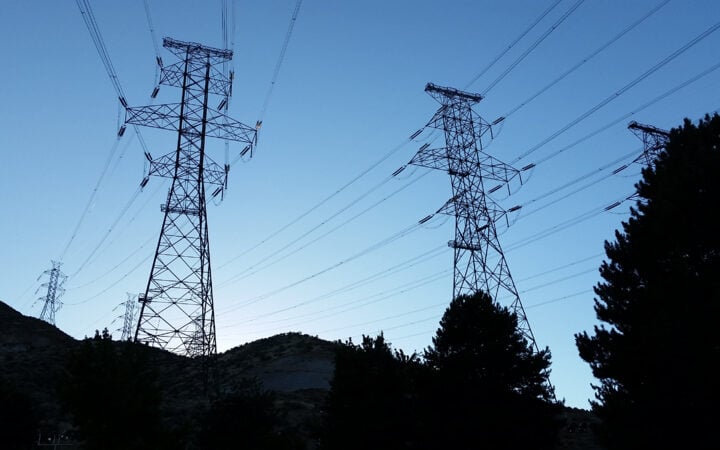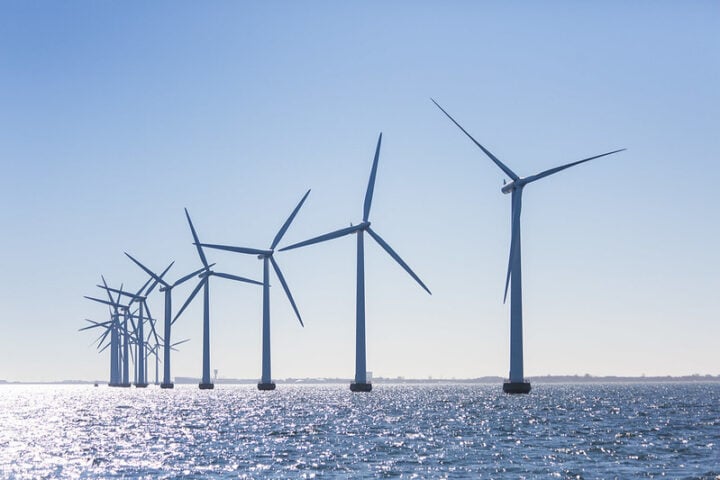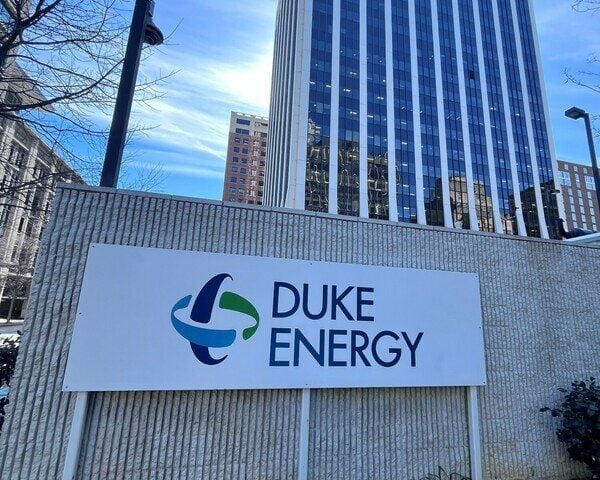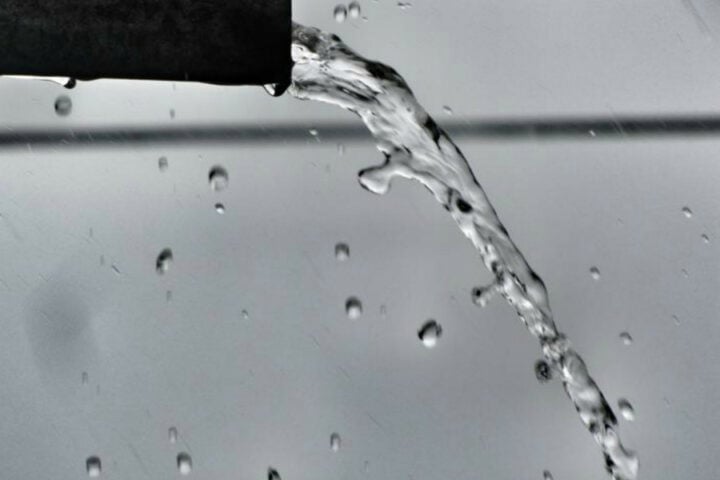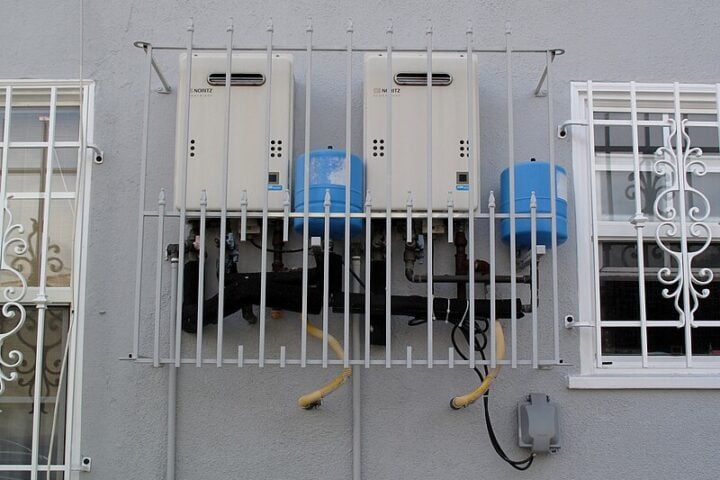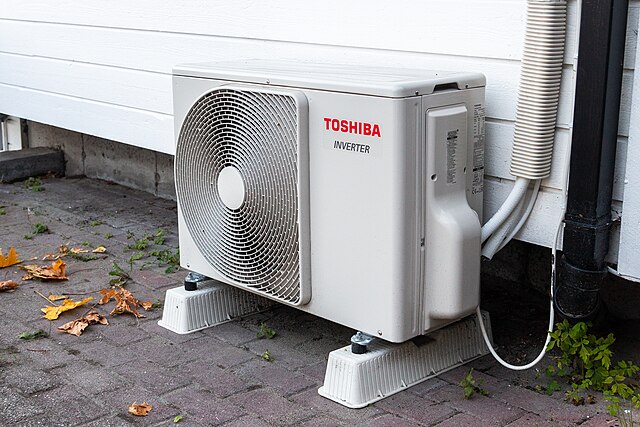A new solar panel is changing how much power Australian homes can generate from their roofs. Aiko’s latest Neostar 2P panel turns 24.3% of sunlight into electricity—the highest rate currently available for home solar panels in Australia.
“In Australia we tend to focus on smaller panels,” explains Thomas Bywater, who leads Aiko’s operations in Australia and New Zealand. His team improved the existing design to generate 475 watts of power after consistent improvements.
The panels fit standard roof spaces, measuring with dimensions of 1757x1134x30mm and weighing 21.5 kilograms. This compact design helps with installation while letting homeowners get more power without needing extra roof space.
The panels have a temperature coefficient of -0.26% per degree Celsius, which indicates how they perform in different temperatures—an important feature for Australia’s climate.
Similar Posts:
Aiko stands behind their technology with a 25-year warranty. They guarantee the panels will maintain the efficiency of their original power after three decades of use. For homeowners, this means more reliable power generation over time.
The improvements are pushing other manufacturers to do better. Current market leaders like Longi and Canadian Solar offer panels that convert 23.3% of sunlight to electricity.
Aiko isn’t stopping here. They’re working with the Australian Centre for Advanced Photovoltaics, investing $4 million to develop even better solar cells. Their goal is to reach 30% efficiency, meaning future panels could generate even more power from the same roof space.
The first shipments of these new panels are arriving through Solar Juice, Aiko’s Australian distributor. For homeowners with limited roof space, these higher-efficiency panels mean more power generation without needing more space.
This advancement matters because better solar panels help homes generate more of their own power. When panels work more efficiently, it means more electricity can be generated from the same roofspace—a practical benefit for Australian homes.
